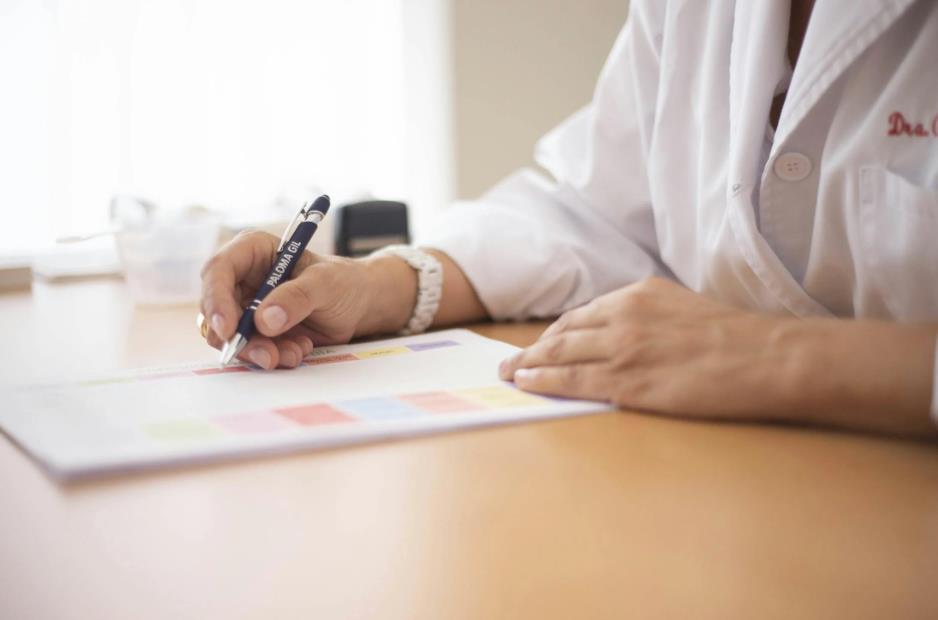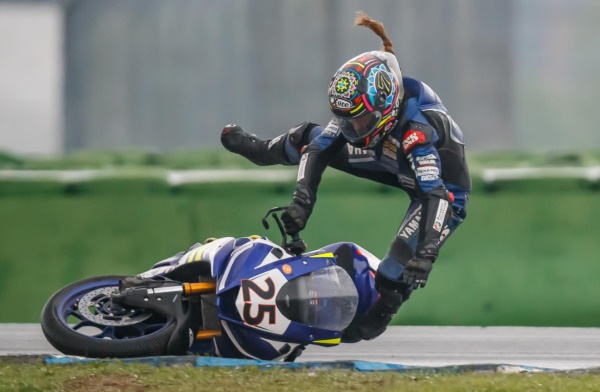Car accidents are, unfortunately, a common occurrence on our roads. When you find yourself involved in one, it’s crucial to have an expert car accident lawyer such as the team from Paul Figueroa Law, by your side. One powerful tool they can use in your defense is the “3-Second Rule.” In this article, we’ll explore how this rule can make a significant difference in your case.
1. Understanding the 3-Second Rule
The 3 Second Rule in driving is a fundamental concept in safe driving. It dictates that you should maintain a minimum of three seconds of following distance behind the vehicle in front of you. This rule gives you adequate time to react to sudden stops or emergencies.
2. Gathering Evidence
One of the first things an expert car accident lawyer does is gather evidence to build a strong case. In accidents where the 3-Second Rule is relevant, they’ll look for various forms of evidence:
a. Eyewitness Testimonies: Your lawyer will interview witnesses who may have seen the accident. They will ask about the distance between your vehicle and the one in front of you before the collision occurred.
b. Security Camera Footage: If the accident happened in a public area or near businesses, security cameras may have captured the incident. Your lawyer will obtain this footage to analyze the events leading up to the collision.
c. Accident Reconstruction Experts: In complex cases, your attorney may hire accident reconstruction experts. These professionals use scientific methods to recreate the accident and determine if the 3-Second Rule was violated.
3. Proving Negligence
To win your case, your car accident lawyer must prove that the other driver was negligent. The 3-Second Rule comes into play when establishing negligence. Here’s how:
a. Violation of the Rule: If it’s determined that the other driver did not maintain a three-second following distance, they were likely driving recklessly or carelessly.
b. Lack of Reaction Time: Your attorney will argue that the violation of the 3-Second Rule resulted in a lack of reaction time. This means that the other driver had insufficient time to respond to any sudden changes in traffic or road conditions.
c. Expert Testimonies: Your lawyer may call upon accident reconstruction experts or traffic safety specialists to testify about the significance of the 3-Second Rule and how its violation contributed to the accident.







